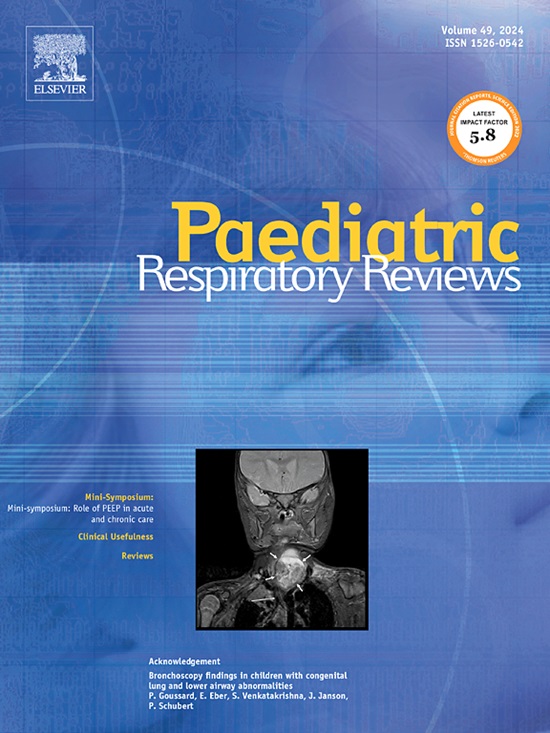High flow, low results: The limits of high flow nasal cannula in the treatment of bronchiolitis
IF 4
3区 医学
Q1 PEDIATRICS
引用次数: 0
Abstract
Bronchiolitis continues to be the most common cause of hospitalization in the first year of life. We continue to search for the remedy that will improve symptoms, shorten hospitalization and prevent worsening of disease. Although initially thought to be a promising therapy, large randomized controlled trials show us that high flow nasal cannula (HFNC) use is not that remedy. These trials show no major differences in duration of hospital stay, intensive care unit (ICU) admission rates, duration of stay in the ICU, duration of oxygen therapy, intubation rates, heart rate, respiratory rate or comfort scores. Additionally, practices regarding initiation, flow rates and weaning continue to vary from institution to institution and there are currently no agreed upon indications for its use. This reveals the need for evidence based guidelines on HFNC use in bronchiolitis.
高流量,低效果:高流量鼻插管在治疗支气管炎中的局限性
毛细支气管炎仍然是出生后第一年住院治疗的最常见原因。我们将继续寻找改善症状、缩短住院时间和防止疾病恶化的治疗方法。虽然最初被认为是一种很有希望的治疗方法,但大型随机对照试验表明,高流量鼻插管(HFNC)的使用并不是一种补救措施。这些试验显示在住院时间、重症监护病房(ICU)入院率、ICU住院时间、氧疗持续时间、插管率、心率、呼吸率或舒适度评分方面没有重大差异。此外,各个机构关于起始、流量和断奶的做法仍各不相同,目前对其使用适应症尚无一致意见。这表明需要制定基于证据的HFNC治疗细支气管炎指南。
本文章由计算机程序翻译,如有差异,请以英文原文为准。
求助全文
约1分钟内获得全文
求助全文
来源期刊

Paediatric Respiratory Reviews
医学-呼吸系统
CiteScore
12.50
自引率
0.00%
发文量
40
审稿时长
23 days
期刊介绍:
Paediatric Respiratory Reviews offers authors the opportunity to submit their own editorials, educational reviews and short communications on topics relevant to paediatric respiratory medicine. These peer reviewed contributions will complement the commissioned reviews which will continue to form an integral part of the journal.
Subjects covered include:
• Epidemiology
• Immunology and cell biology
• Physiology
• Occupational disorders
• The role of allergens and pollutants
A particular emphasis is given to the recommendation of "best practice" for primary care physicians and paediatricians.
Paediatric Respiratory Reviews is aimed at general paediatricians but it should also be read by specialist paediatric physicians and nurses, respiratory physicians and general practitioners.
It is a journal for those who are busy and do not have time to read systematically through literature, but who need to stay up to date in the field of paediatric respiratory and sleep medicine.
 求助内容:
求助内容: 应助结果提醒方式:
应助结果提醒方式:


